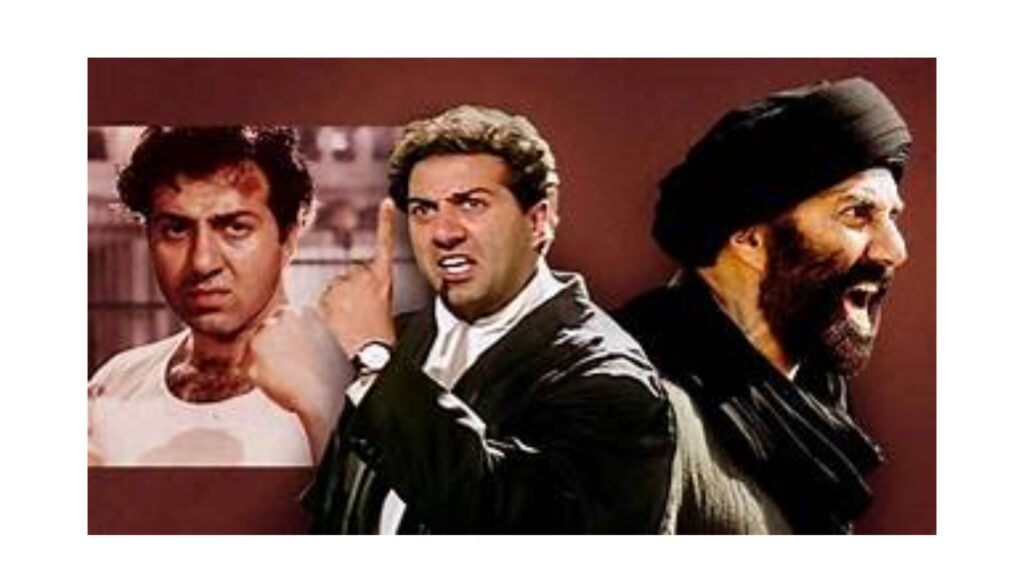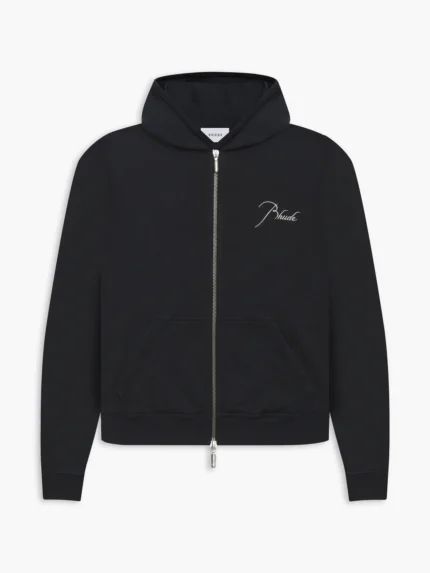Sunny Deol: Redefining the Angry Man Archetype in Indian Cinema
Sunny Deol is a well-known star in Indian cinema. He often plays the “angry man” role in his films. This persona shows deep passion and a strong drive for justice. It has captured audiences and sparked talks about its growth and importance today. This analysis looks at Sunny Deol’s angry man roles. We explore their origins, impact, and lasting appeal. We also see how he has changed this stereotype over the years.

The Genesis of the Angry Young Man in Indian Cinema
The 1970s changed Indian cinema. It introduced the “angry young man” archetype. Amitabh Bachchan’s performances were key to this shift. Characters like Vijay in Deewaar (1975) and Inspector Vijay Khanna in Zanjeer (1973) expressed common people’s anger at corruption and social injustice. These characters were more than rebels. They faced personal tragedies and ignored by society. Then, they chose to stand up to the establishment. This portrayal resonated deeply with audiences, reflecting the socio-political climate of post-independence India.
Sunny Deol’s Emergence as an Action Hero
Sunny Deol built on Bachchan’s legacy in the 1980s. He became a strong action hero, adding his own style to the angry man persona. His first role in Arjun (1985) showed a character who, with his friends, battled corruption and injustice. This set the stage for his future roles. In Ghayal (1990), Deol played a man falsely jailed for his brother’s murder. After he is released, he seeks revenge on those who harmed him. This film made him a true action star. It also showed how he could add depth to characters filled with anger and a desire for justice.
Evolution and Diversification of the Angry Man Archetype
As Deol’s career progressed, his choice of roles highlighted a diversification of the angry man archetype. In Ghatak (1996), he played a man seeking to avenge his family’s murder, delving into themes of familial bonds and retribution. The film’s box office success and praise showed Deol’s skill in playing emotionally intense characters.
The 1990s also saw Deol take on roles that blended action with psychological depth. In Darr (1993), a navy officer finds himself in a love triangle. He faces an obsessive stalker. The film delves into themes of obsession and psychological turmoil. This role showed Deol’s range. He went beyond being just an action hero and embraced complex emotional stories.
Cultural Impact and Audience Reception
Deol’s films often show characters who face personal loss or social injustice. They turn to violence to find justice. This view fits the “angry young man” story. It shows a desire for justice against societal wrongs. Films like Gadar (2001) show Deol’s character battling communal violence. Gadar 2 (2022) revisits the partition story. Together, they highlight how this persona remains relevant. These films show that audiences really like stories with action and emotional depth.
Reinventing the Angry Man: Sunny Deol’s Approach
Sunny Deol stands out because he can reinvent the angry man persona. Each role feels fresh, yet he keeps the intensity and passion that define his characters. In Jaat (2025), directed by Gopichand Malineni, Deol’s character uses a huge fan as a weapon. This choice brings back memories of his famous hand pump from Gadar (2001). This continuity adds a layer of nostalgia for long-time fans, while the unique choice of weaponry offers a fresh take on his action sequences.
Critique and Evolution of Masculinity
The angry man is praised for his strong emotions and relatability. Some critics argue that this view encourages toxic masculinity and glorifies violence as a way to solve issues. The 1970s were a time of political unrest and social challenges. During this decade, new heroes emerged. They defied traditional norms and showed a strong desire for change. Contemporary critiques say we need more complex views of masculinity. These views should go beyond just aggression and dominance.
The Modern-Day Anti-Hero
Fast forward to 2025, and the anti-hero has undergone another transformation. Today’s angry young men are more introspective and socially conscious. They’re not just fighting against external enemies but also battling their inner demons. This shift is evident in characters like Kabir Singh in ‘Kabir Singh’ and Jordan in ‘Rockstar’. These characters have deep flaws. They often face mental health struggles and personal demons. This change shows a wider cultural move toward more inclusive and flexible ideas of masculinity.
The Influence of OTT Platforms
The rise of OTT platforms has also played a significant role in the evolution of the anti-hero. Streaming services like Netflix, Amazon Prime, and Disney+ Hotstar let filmmakers dive into darker, more complex stories. Shows like ‘Sacred Games’ and ‘Mirzapur’ have changed Indian entertainment. They introduced a new type of anti-hero that challenges the norm. These platforms have made content creation open to everyone. Now, many different storytellers can share their voices. This has resulted in many anti-heroes from various backgrounds and views, adding depth to the story.
Sustainable Fashion: How to Build a Green Wardrobe
Sunny Deol and the Art of Reinventing the Angry Man Stereotype
Because it works! Sunny Deol has perfected the art of playing a righteous, justice-fuelled hero who channels his anger for a cause. Audiences love this persona, not just for the action, but for the deep moral compass his characters often have. It’s a proven formula that stirs nostalgia and excitement. This is key in a film world that keeps changing.
While the core emotion—rage—remains the same, it’s the context that changes. Each character, whether a soldier in Border, a freedom fighter in Gadar, or a cop in Ghayal, has a unique backstory. They face different stakes and show emotional depth. Sunny brings sincerity and raw emotion that makes these roles stand out despite thematic similarities.
Yes, especially when portrayed with authenticity. In an era where audiences crave real emotion and impactful storytelling, the angry man archetype still hits home—if done right. Sunny Deol explores themes of injustice, betrayal, and family. These ideas connect with viewers of all ages.
In Jaat, Sunny Deol brings back his iconic rage but with a fresh twist—he uses a giant fan (yes, a literal one) as a weapon. It’s over-the-top, vintage Sunny Deol action, but stylized for today’s audiences. The trailer has sparked excitement. It combines thrilling action with nostalgic lines and his signature intensity.
Amitabh’s characters reflect the socio-political unrest of the 1970s. In contrast, Sunny’s angry heroes focus on personal vendetta and nationalism. Amitabh’s anger was often smoldering and internalized; Sunny’s is explosive and physical. Both have shaped their generations, but Sunny’s version is louder, more intense, and closely tied to North Indian culture.





